Construction Equipment: Trends That The Market Players Are Adapting To Withstand The Growing Demand
Trends Driving CE Market
In India, there is a potential ground of opportunities for the construction sector. The country is in a crucial phase of development where numerous projects are running in different regions, propelling the demand for CE’s. Analyzing the developments taking place over the decade, there has been sig. advancement in the sector. On the supply front, the market has evolved on technology, product utility, variants & price fronts. Almost all major CE CoS across the globe have established presence in India either as joint ventures with Indian CoS or as independent entities. Similarly, on the demand front, the Indian consumer has realized the importance of value proposition rather than money, thereby shifting the demand curve towards value driven products, more importantly quality services. Indian CE industry is projected to exhibit a cumulative annual growth rate of 19% during 2013-2018.
Almost all types of building sites & construction projects utilize mechanical compaction techniques. With > 60% of the cargo movement being handled by the road network, the focus will naturally be on road infra. Roads & Highways sector has been & continues to be one of the key drivers for growth for the infra sector in India. India needs roads, both in rural & urban areas to progress. GoI has shown sig. focus on building a world-class road network. Thus, there is a substantial budget outlay in successive National Budgets towards this segment. Investments that have been earmarked for this sector present a great opportunity for the OEMs. According to Off-Highway Research, the growth rate of compaction equip’ from 7.6% in 2009-10 will reach to over 60% by 2014. The total volume of compaction equip’ in 2009 was 2,787 units, which in 2010, crossed 3,000 units (a growth rate of 7.6%) & the forecast is a growth in the volume of around 4,800 units by 2014, a growth rate of 60%. Discussed below are the top trends that the market players are adapting to withstand the growing demand aided by some govt push.
MoRTH, has decided to implement a ‘Value Engineering Programme’ to promote the use of new technologies, materials & equip’ in highways projects executed either under PPP mode or public funding mode. The programme aims at using innovative technology, materials & equip’ to reduce the cost of projects & make them more environment friendly. It will simultaneously ensure that the roads or bridges & other assets get constructed much faster, & are structurally stronger as well as more durable. The ministry has also reconstituted a nine-member experts’ panel for approving proposals for use of new technologies, material & equip’. NPE (National Panel of Experts) will examine all technical matters involving the new technologies, materials & equip’ referred to it by the concerned Engineers or concessionaires/ contractors. NPE will also resolve the technical issues which arise as a result of difference in views between engineers & contractors regarding implementation, besides deciding about the need for field trials of any new or innovative technology/ materials/ equip’ before its adoption.
A safer outlook
An operator’s efficiency is paramount with regard to optimizing the output. Comfort & safety of an operator are of paramount importance as it not only ensures safe operations at the construction site, but also increases the efficiency of the operator. Hamm compactors are provided with isolated operator platform, there is no feeling of vibration of the machine. This improves the stress-free operation of the machine & improves the operator’s efficiency. Hamm soil compactors are built with patented design of three point pendulum articulated joint. The three point articulation joint connects the front & rear ends of the compactor & enables excellent directional stability & steerability & provides driver safety on difficult terrains & for the driver’s comfort. Operator efficiency is improved by the isolated operator platform, by providing comfortable seat 3 point articulation will help the better stability of the operator, operator safety & maintenance related features are in built design in Hamm compactors which include safety indication & alarms for any faulty conditions. In Hamm, machine Engine compartment is closed with FRP hood, which will reduce the noise levels by approx. 10 -12 DB, we can also provide the isolation foam as an option to reduce the noise levels further
Similarly SD110BA, model of Volvo is one of the most popular compactors in the Indian market. A conveniently positioned control on the operational panel allows easy switching of work modes, depending on working conditions. The unit also offers variable drum vibration frequencies from 0-30 Hz, which is again easily adjusted from the operator’s console, allowing faster & easier reactions to changing soil types & conditions. The latest Compactor from JCB India, the JCB116 has been designed keeping operator comfort in mind. Few key features are: The in-built Compaction Meter is placed ergonomically for operator comfort thereby, helping in achieving the desired output, The steering wheel & console are designed to ensure fatigue free operation & The cab platform is mounted on 4 viscous mounts, to isolate it from any vibrations & to make the operator feel comfortable even during high amplitude passes. JCB’s range of Compactors, vibrations, & heat levels are kept lowest to provide a comfortable work environment. Moreover, operator friendly & ergonomically located controls with joystick help in easy machine operation.
Sustainable construction
The road sector produces the highest level of greenhouse gas, directly, through fossil energy used in mining, transportation, paving works… & indirectly through the emissions coming from vehicles. Indeed, the constant increase in the number of road vehicles & therefore of the traffic generates a substantial increase in pollution & noise disturbances. Besides, huge challenges await the road construction sector such as a cheaper & better production, construction & of course maintenance, all the more as raw materials are becoming scarce & the environmental laws are getting stricter regarding air pollution & noise disturbances. Like the rest of the sectors, the road construction sector needs to face the challenge of sustainability. India too is adopting the nuisances of sustainability adhering to ecological threat. With the advancements in the field of road construction technology, the construction of rehabilitated roads, which support environment providing long durability to road infra, is required utilizing alternative materials, industrial & construction wastes & by products, facilitating road travel, travelers comfort & safety together with cost effectiveness & sustainable development. Go green movement is gaining strength with increased global warming & climate changes. Going green in transportation projects implies environment friendly construction of roads with the availability of alternative materials & the unique question of disposal of non-decaying waste posing a problem for environmental protection. With increased industrialization & growth of population with increasing quantities of waste world over together with increased demand for traditional road construction materials such as bitumen, cement, aggregate etc., the question is of sustainable development. With advances in science & technology, the use of non-decaying materials such as Plastic, Blast furnace slag, Fly ash, Scrap tyres, Mine wastes, Marble dust etc., offer an economically viable & sustainable alternative towards increasing demand for better road construction. In this way these materials can be utilized in an ecofriendly way, providing solutions to their disposal with a commitment towards development of infra. Green road construction technology aims at low cost road construction, offering employment opportunities to the masses generating income at the disposal of the people involved thus improving the standard of living of the community at large. The technology also leads to appropriate & optimum resources utilization enhancing the country’s potential to grow faster by eliminating the possibility of resource erosion (depletion), it also provides an opportunity to employ alternatives which are cheaper, easily available & are ecofriendly. The need of the hour is to develop & accept the designs & technology which is environment friendly & economical feasible adding an edge to Road construction with lower cost & less maintenance.
‘Housing for All by 2022’
The Union budget 2017-2018, released on 1st Feb’17. In regards to the Govt’s aim of the ‘Housing for All by 2022’, the FM in his Budget speech proposed to give ‘infra’ status to affordable housing. Banks can now lend money to affordable housing projects under infra category this move is expected to boost the volume of construction activity across the country. Talking about CE, Asia-Pacific is projected to register the highest growth in the heavy CE market from 2016-21 with India projected to be the fastest-growing market in the region. Overall volumes of CE have increased to a four year high with 41.5% growth accounting to 52,100 units in 2016 compared to 36,800 units in 2015. With the Indian Govt’s target of investing about $377 bn in infra by 2019, the CE market is expected to witness a high growth in this period.
Automation & IOT
At present, there is a shift towards increasing automation, production enhancement, & safety. A lot of innovations are also taking place to develop equip’ specifically customized solution. There is an adaptation of control methodology in relation to accuracy, repeatability, & efficiency Firms are using modified mechanisms & electrical sensors to ensure safety guidelines. There is a definite shift towards adoption of newer technologies for industries as well which can be seen in specifically in the crane system modulation. With changing times there is a demand for the MHE model that yields a quicker ROI than ever before. Even CoS who are replacing or upgrading their existing range of material handling equip’ are inclined towards technology that is efficient. The Internet of Things (IoT) is one of the hottest topics in the construction sector, & with good reason. It influences the interaction of technological, economic, social, societal, & individual changes. IOT is being implemented in construction for data gratification & safeguarding of products. In regard to this JCB India Introduced the world’s first Backhoe Loader with an Automated Manual Transmission (AMT) & its largest Made in India 38 Ton Tracked Excavator at Excon 2017. JCB India is known for products with state-of-the-art technology & innovation in design, JCB India is now leveraging digital technology by integrating Big Data & Internet of Things in its products & services. The new range of intelligent machines exhibit the blend of technology & digital innovation to meet the demand for world class machines to build India’s Next Gen Infra. Applications such as JCB Livelink, Smart Diagnostic, Parts E-sell & Digital product manuals will re-define how customers interact with manufacturers. They are all aimed at improving the overall customer experience by providing all the important info. in real time. JCB at Excon had a dedicated “Livelink Zone” which was set up to provide a Virtual Reality tour on JCB’s Innovation & Future Telematics Technology. It gave visitors a real-time experience of the new features of its advanced telematics technology – Livelink.
Voice-recognition systems
Another trend in material handling equip’ is the growing popularity of voice-recognition systems. People understand the benefits of using a hands-free communication system & being trained to use this technology for minimal error in operations thereby leading to increased productivity. Another sig. development is the emergence of M2M communications space which allows communications to happen between Machines. There is also a move towards the products are environmentally-friendly without sacrificing the cost competitiveness. The advent of sophisticated electrical controls through various sensors & inverter drives, it is possible to achieve the same level of control & smoothness of operations using electrical drives. Customized Machines The fast-changing & varied requirements of a developing nation. It is no longer enough to create one machine & expect to suit the needs of all. Buyers have become more educated & demanding in terms of wanting machines suited to the kind of work & environment that they work in. The biggest example of this is the motor grader of int’l brands being obsolete for use in the construction of narrow rural roads due to its size despite the technology being more advanced & quality of machines being superior. There is no doubt that customization is now key when it comes to the world of development. Customizations have to be in sync with the market & the on-ground realities for making the most of it. According to industry experts there is only one single language that is used for communication across the country. But with a country like India where there is no unifying language & different language is spoken in every district & state, it becomes counterproductive to have all instructions about the machine in a single language. This simple customization helps interact better with the operator. Machine Abuse & Fuel Theft Are Major issue across the country. Uncertified operators tend to work the machines inappropriately. Simple software customizations help keep a log of the machine’s data for future reference. It also helps keep track of the machine’s numbers in terms of efficiency & fuel consumption. The customized software help run troubleshooting & diagnostic measures to ensure safety & efficacy of the machines.
CASE CE, unveiled its latest new product – the 752EX Vibratory Tandem Compactor during Excon keeping in mind the customization factor. The CASE 752EX is equipped with a fuel-efficient 3.9-liter 4-cylinder engine, with a mechanical injection system & internal exhaust gas recirculation that delivers 76 HP at 2200 rpm & torque of 332 Nm at 1300 rpm. This new-generation engine – developed by CNH Industrial subsidiary FPT Industrial, the world-leading manufacturer of engines, transmissions, & powertrains – provides outstanding performance, fast response times, & best-in-class fuel economy. The 752EX’s single- piece engine hood gives easy access for routine maintenance, with all daily service points conveniently accessible at ground level. The 752EX’s operator compartment features a rotating operator seat which gives the excellent front & rear drum/nozzle visibility, making the drive & compaction process easier & safer. The look of the machine is enhanced by two post canopies & by new fuel & water tanks. Fuel efficiency & multiple applications Whatever come or may fuel efficiency is perhaps the most pivotal point of consideration for any buyer depending on the project needs. Moreover, better the applicability of the machines, more is its economic gratification. In this regard JCB has been doing a quality service. JCB India offers a range of road compaction equip’ with three world-class products – the VMT330 (a 3T Class Mini Tandem Roller), the VMT 860 eco (a 9T Class Tandem Roller) & the JCB116 (a 11T Class Soil Compactor), a latest introduction in the Compaction range. The JCB116 Soil Compactor is the new world-class machine that comes fitted with a state-of-the-art JCB Diesel Max engine, providing fuel savings in the range of 5-10%. Equipped with a variable fan as standard, the engine delivers a massive 430 Nm of torque at low engine speeds for optimum responsiveness. It provides unmatched fuel consumption in its class of machines. In order to make compaction operation more efficient, Compaction Monitoring System (CMS) has been introduced in JCB116 – an industry first feature from JCB India. Integrated with JCB’s Livelink technology, CMS allows operators to monitor compaction in real-time, thus enhancing machine & operator efficiency. The first ever CMS in India with telematics connectivity, it enables consistent & uniform compaction through precise measurement & with accuracy. Suitable for both asphalt & soil surfaces, it allows operation in two modes auto & manual, displaying both frequency & amplitude of vibrations.
Escort Equip’ too is providing high end functional machines which are fuel efficient in performance. The company’s Compaction products portfolio is one of the most exhaustive in the country. Their machines are equipped with the best aggregates from leading int’l technology CoS & laden with high-end features. Ideal for road compaction & relaying, these machines are one of the most productive, economical & rugged in their segments. Their compaction range consists of Soil Vibratory Roller, Tandem Vibratory Roller & Mini Tandem Vibratory Roller. Escorts EC 2420, delivers the ideal results including high productivity & low cost of operation. Being the only one in the weight category gave it the requisite edge. EC 5250 vibratory soil compactor too has been redesigned & comes with enhanced safety. With highest gradeability & travelling speed, EC 5250 is the most fuel efficient m/c in its class.
Fitted for rough terrains
The biggest challenge of Indian construction especially tough terrains provides resistance & is always a hard work for operators. Therefore the machines have to be stringent enough to address the rough terrains. Volvo in this regard is doing an efficient service. Volvo soil compactors are versatile machines that can efficiently compact varying soils & aggregates in applications such as highways, utilities, water retention structures, as well as in the preparation of large residential, commercial & industrial sites. There are many features on each Volvo compactor which help them deliver more productivity & efficiency to users. The company’s highly-anticipated new EC200D excavator joined a host of other machinery on the Volvo CE booth at this year’s Excon 2017 in Bangalore, India. The new EC200D excavator from Volvo CE is the star of the company’s line up. Volvo is expecting strong interest in the EC200D, which has been specifically designed for general construction work. Featuring Volvo’s famed fuel efficiency, the new machine also has a bucket breakout force of 123 kN & an arm tear out force of 96 kN, which help it deliver high job site productivity & fast cycle times. Alongside the EC200D was its sister machine, the EC210D. Like the EC200D, the EC210D is a 20-ton rated machine, but it has been tailored for more heavy-duty applications, such as mining & quarry work, as well as general construction. The third excavator on the Volvo booth that drew large crowds at Excon 2017 was the huge EC950E. This 90-ton rated heavyweight is the largest excavator in the Volvo line. Its maximum bucket capacity is 6 m3, while its breakout force of 424 kN & arm tear out force of 408 kN help deliver the machine’s unparalleled digging performance.
An initiation towards training
Achieving man-machine integration to maximize the output keeping the cost of operations minimum is what the operator is trained for. Routine preventive & predictive maintenance is a part of the training to reduce the reliance of the operator for external help. JCB is quite renowned for it. Training is also an essential part of Escorts go-to-market strategy wherein the operators & mechanics are trained at an in-house facility of Escorts, Bangalore. On the side, training is also imparted to make the training more application oriented.
Applications on smaller road construction
Along the ever demanding big projects, there is always a need work of small sites, which frankly could be a bit costly at times. In this regard, the Wirtgen Group offers Hamm range of compactors which are Economical & Effective. The articulated tandem rollers like the compact line HD 12 VV are perfectly adapted to applications on smaller road construction or landscaping sites. They are highly maneuverable for smaller areas & offer economical compaction on small sites. The HD series rollers like the HD 99 tandem roller made in India are perfectly designed for road construction & paving of large asphalt surfaces. Vibration & oscillation make them suitable for a variety of applications. They offer benefit to the operator in terms of comfort & visibility. The 311 soil Compactors & the 3520 Padfoot compactors for earthwork applications are characterized by high degree of comfort, outstanding ergonomic design, excellent field of vision & extremely powerful gradeability. The rubber wheeled rollers GRW 15 are used to compact asphalt pavements. In recent months, HAMM compactors have been laying the foundations for a better road network in Punjab. One example of this is the construction of the new National Highway NH-52 from Moga to Shahkot. For compaction of the subbase, the construction firm Dilip Buildcon Ltd. employed several HAMM compactors 311. They are “made in India” produced in WIRTGEN India’s own factory in Pune. For compaction of the subbase for the new road around Moga, Dilip Buildcon employed a total of 8 type 311 compactors. For the asphalt compaction, a number of HAMM type HD 99 tandem rollers were used. HAMM produces both machine types in its own factory in India. The 311 compactor with the unique HAMM 3-point articulation was developed especially for India in a joint German-Indian team of engineers & has been in production in Pune for some years. With an operating weight of 11 t & a 2.14 m wide vibration drum it brings high compaction force & a large static linear load of up to 30 kg/cm to the construction site. This enables the machine to perform a wide range of tasks with ease.
Conclusion
Growing public & private infra, FDI reforms for construction sector, highway projects & growing economy has led to the overall surge of CE market in India. In comparison with procurement market of CE, rental market in India is at nascent stage but shows higher growth rate. As compared to other developed countries, India’s rental market penetration of CE is lower & is limited to Tier-I & II cities. CE for procurement market is mostly dominated by construction vehicle segment comprising of dumper, tanker & tipper trucks, followed by earthmoving equip’ segment such as excavators & loaders. According to 6Wresearch, India’s CE market is projected to reach 131 thousand units by 2022. The market declined during 2012 to 2014 owing to factors such as delay in project clearance issues & land acquisition delays. However, in coming years, owing to several construction projects in pipeline, the market for CE is expected to witness growth led by surge in construction vehicle segment, followed by earthmoving segment. While the recent times may have been tough on CE manufacturers, the industry still is brimming with optimism. This is particularly true in the case of road building machinery manufacturers since there have been signals of a spurt in road construction activities. With competition becoming intense manufacturers too are faced with challenges to innovate. The entry of several global leaders in the field is a welcome development, since it brings in latest technology into the market. With major players having gained a solid presence in the Indian market, the next few years could see them further consolidating their position by bringing out newer models.
Indian Constructions & Equip’ market has a robust potential for growth, having been supported by the govt investments in improving infra & housing demands. It is well anticipated that Indian economy good & the GDP is currently US$1.3 tn, making it the 8th largest economy in the world, & the GDP is expected to grow about 9-10% in next 10 years. India’s promising economic condition paves way for lots of global entrants in ECE sector. Those global key players in the CE market not only establish manufacturing facilities in India, but they also do ensure they have a strong distribution channel that enables them to reach all through the country even to the more remote parts of the nation. Thus global entrants, joint ventures, FDI inflows, Infrastructural Investments, Govt Initiatives & policies will act as the backbone for the earthmoving & construction (ECE) Industry, & would strive to make the $3bn industry reach the peaks with $16-20 bn market by 2020. GoI through a series of initiatives, is working on policies to attract sig. investor interest. GoI plans to develop a total of 66,117 km of roads under different programs such as NHDP, SARDP-NE & LWE. Govt. has identified development of 2,000 km of coastal roads to improve connectivity between ports & remote villages. NHAI plans to build 50,000 km of roads worth US$ 250 bn by 2022 as part of a long-term goal of doubling the length of the national highway network to 200,000 km. Govt. will spend around Rs 1 lakh Cr. during FY’18-20 to build roads in the country under PMGSY. Govt. has decided to invest Rs 7 tn for construction of new roads & highways over the next 5 years. India’s growth story has witnessed many cyclical changes across a wide range of industries from agriculture and retail to software, IT and real estate, all of which serve as key drivers of the country’s economy. Volatility in real estate and related industries, such as CE, has resulted in demand-supply gaps that hamper analysis of the sector and its trends. Demand for CE is a reflection of broader macroeconomic trends such as interest rates, infra. investment and liquidity, which themselves indicate the health of the overall economy. This demand equip. is expected to grow in line with the expansion of real estate development from India’s key urban centres into tier-2 and tier-3 cities. This paper provides insight into opportunities for various CE OEMs in terms of business channels, as well as outlining the market structure by manufacturers and segments while indicating the road ahead in terms of infra. requirements. The global CE market was estimated at Rs 5,551 bn last year and is expected to reach Rs 7,310bn by 2016, representing CAGR of 7.7 %. Emerging markets such as China and India are becoming increasingly important on the global stage as key players shift their production bases to Asia to drive revenue by benefitting from the region’s growing infra. investment, favorable govt. policies and mass-scale domestic markets. India’s CE market, meanwhile, outpaced global growth trends with the market estimated at Rs 208.4bn at the end of last year. Revenue is expected to reach Rs 461.5bn by 2016, CAGR of 20.5%. The sector is made up of five main segments: earthmoving equip., road CE, concrete equip., material handling equip., and material processing equip.. Earthmoving equip. and road CE account for close to 70% of India’s CE market. Backhoe loaders, which comprise tractors, front shovel/bucket backhoes and small backhoes, account for 65% of the earthmoving equip. and road construction segment. Concrete equip. is the second largest segment with a market share of approximately 14 %. It comprises asphalt finishers, transit mixers, concrete pumps and batching plants. Material handling equip. and material processing equip. account for 10 % and 6 % of the market respectively. Cranes are the largest category within the material handling equip.. Major national and international players such as ECEL, JCB and Action CE dominate India’s CE market. Recent influx of foreign direct investment in the construction sector saw many new entries to market, either in the form of JVs with Indian CoS or by foreign firms setting up their own local manufacturing facilities.



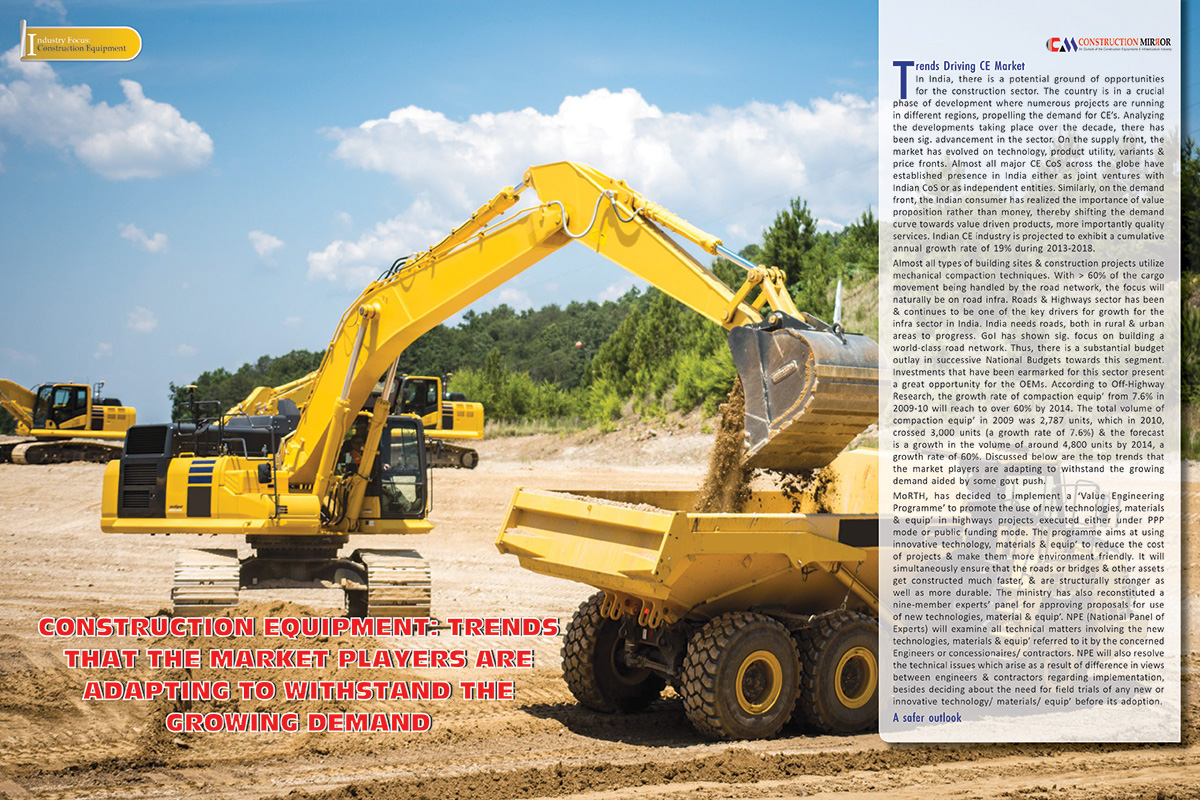
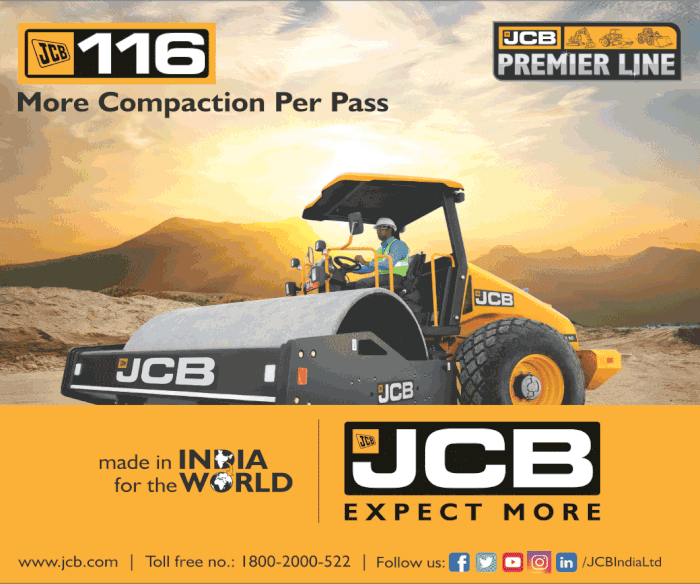
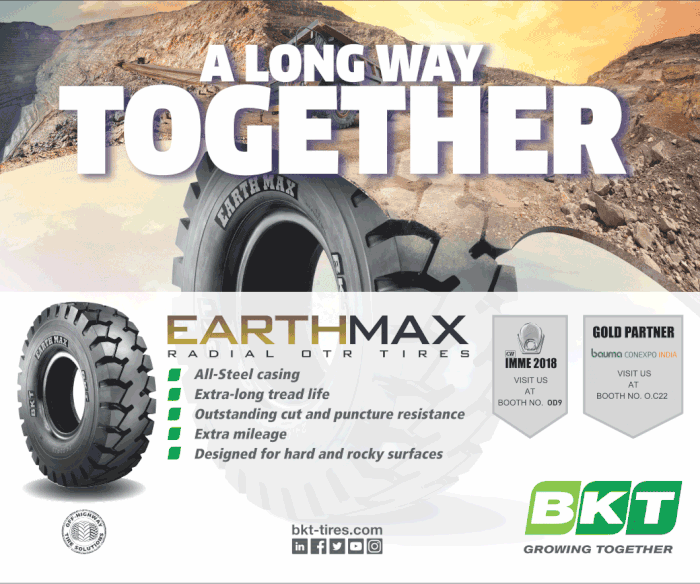
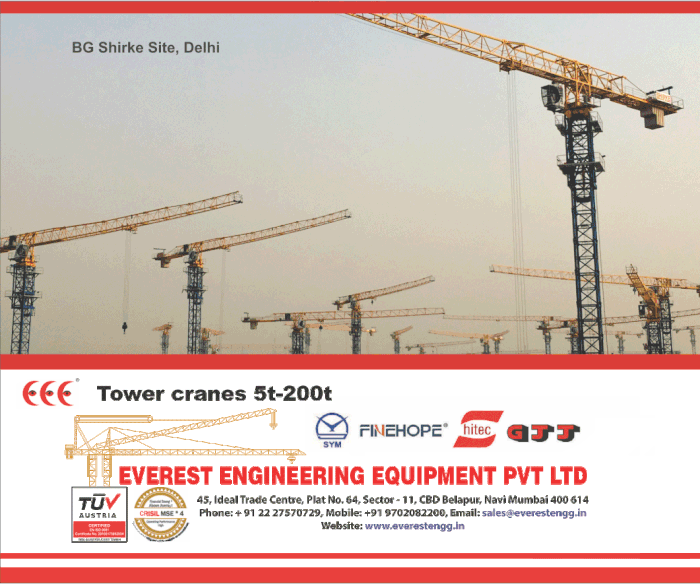
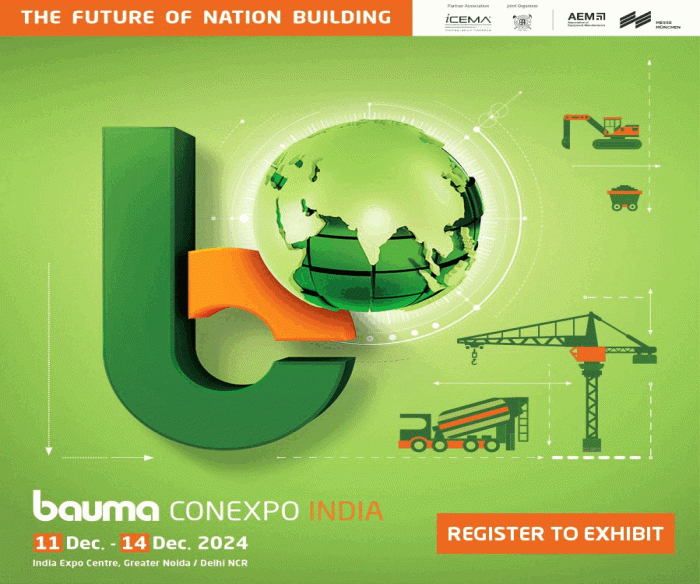
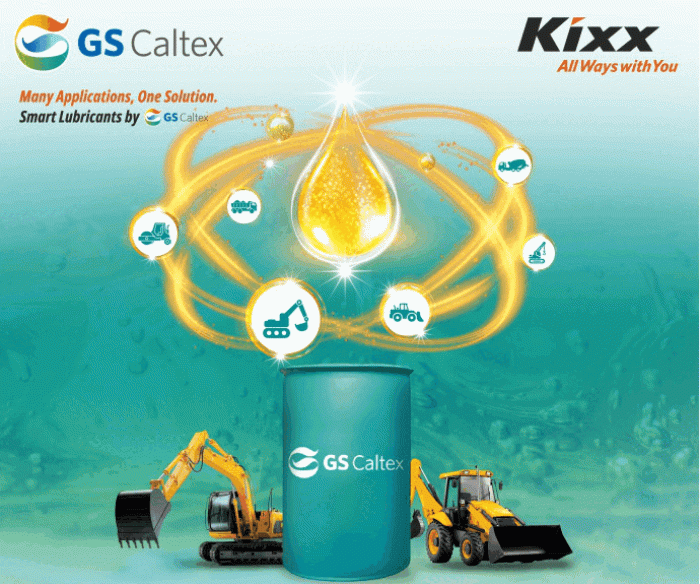
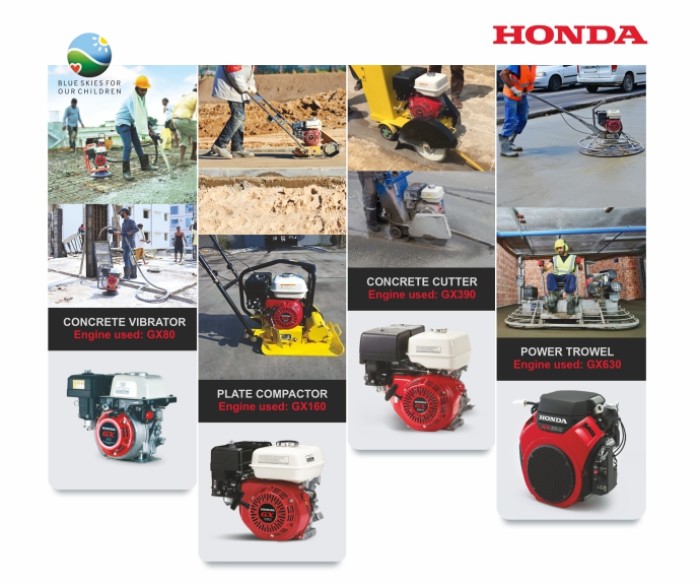
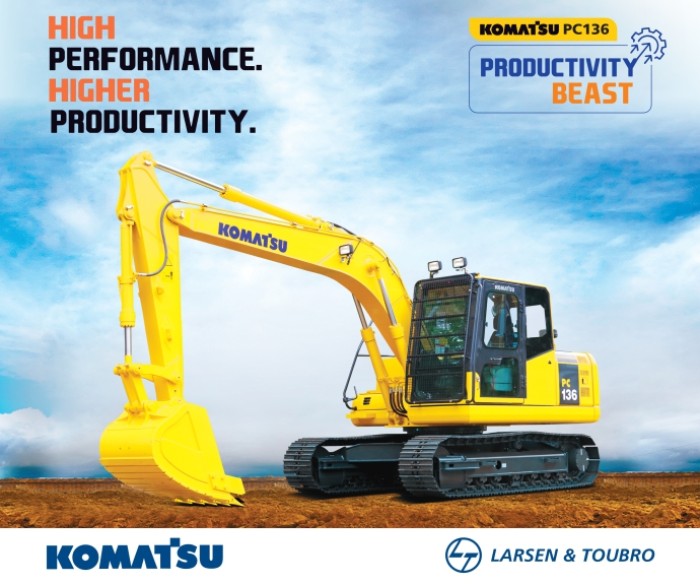
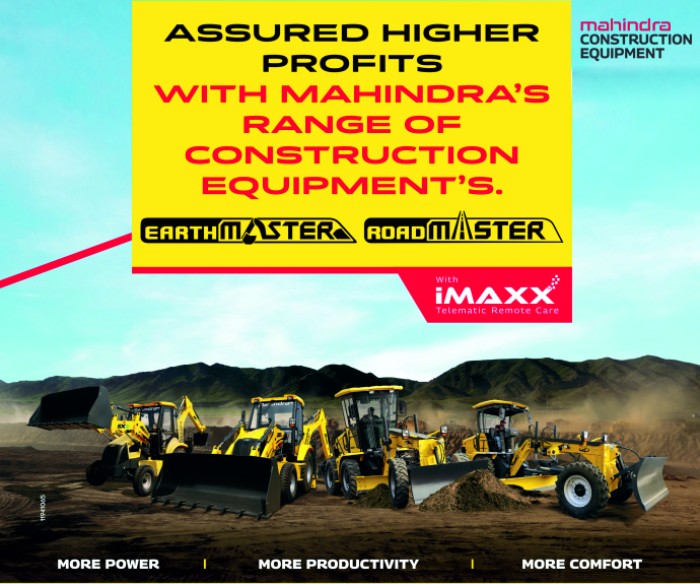
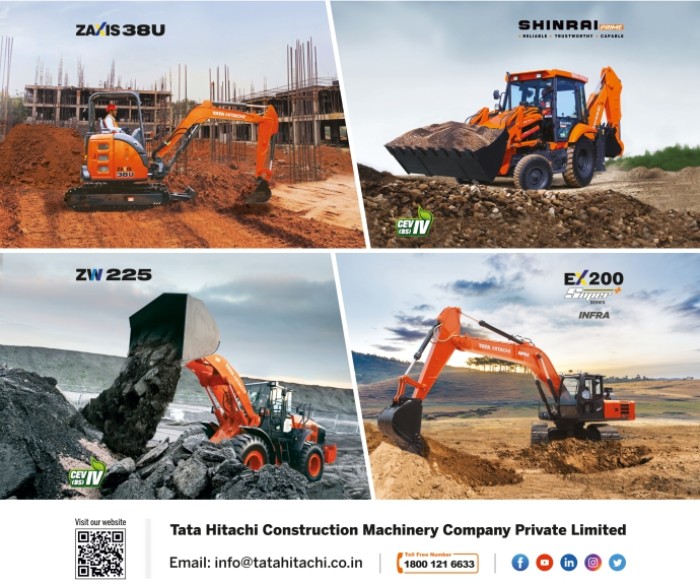



Leave a comment